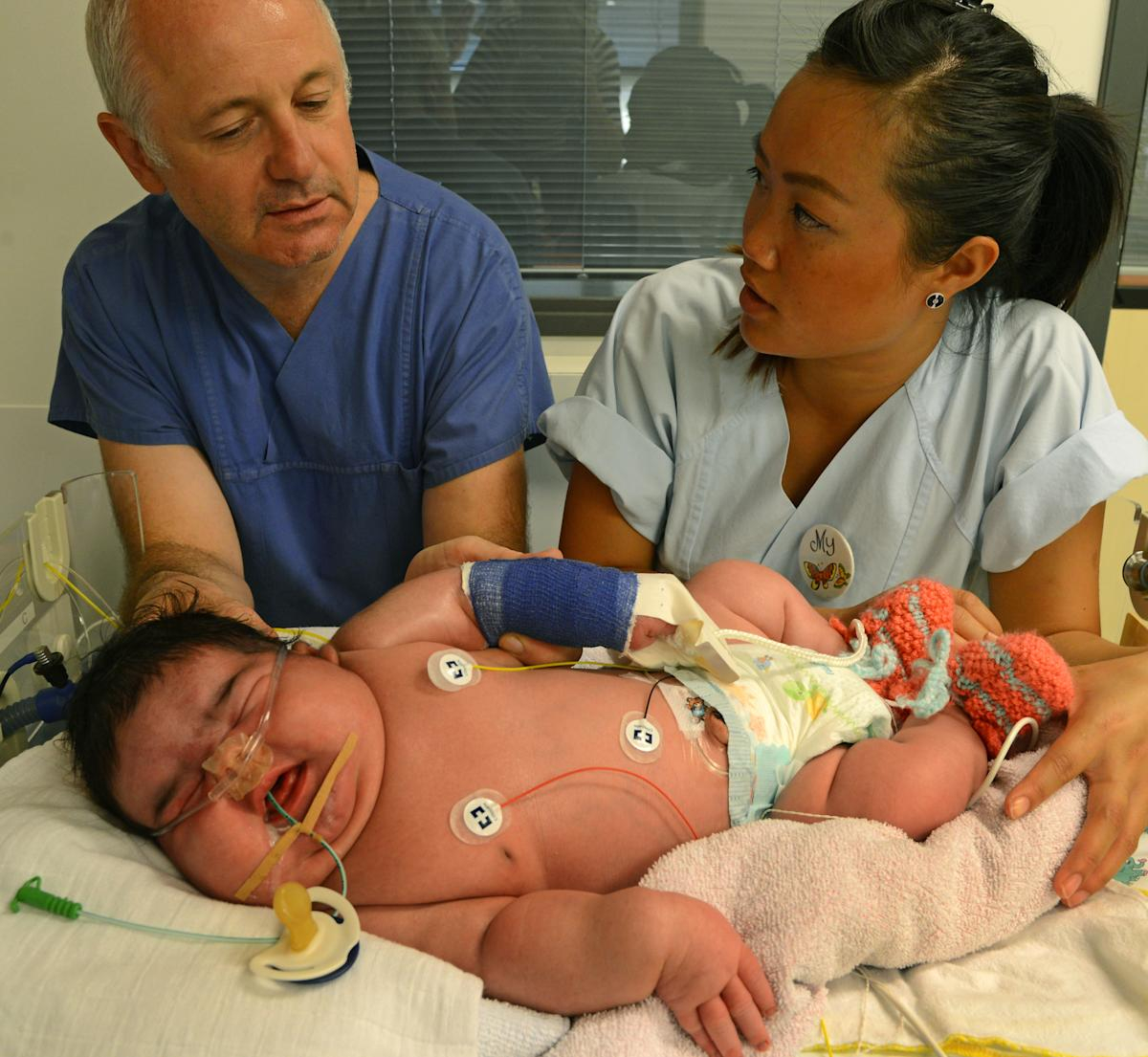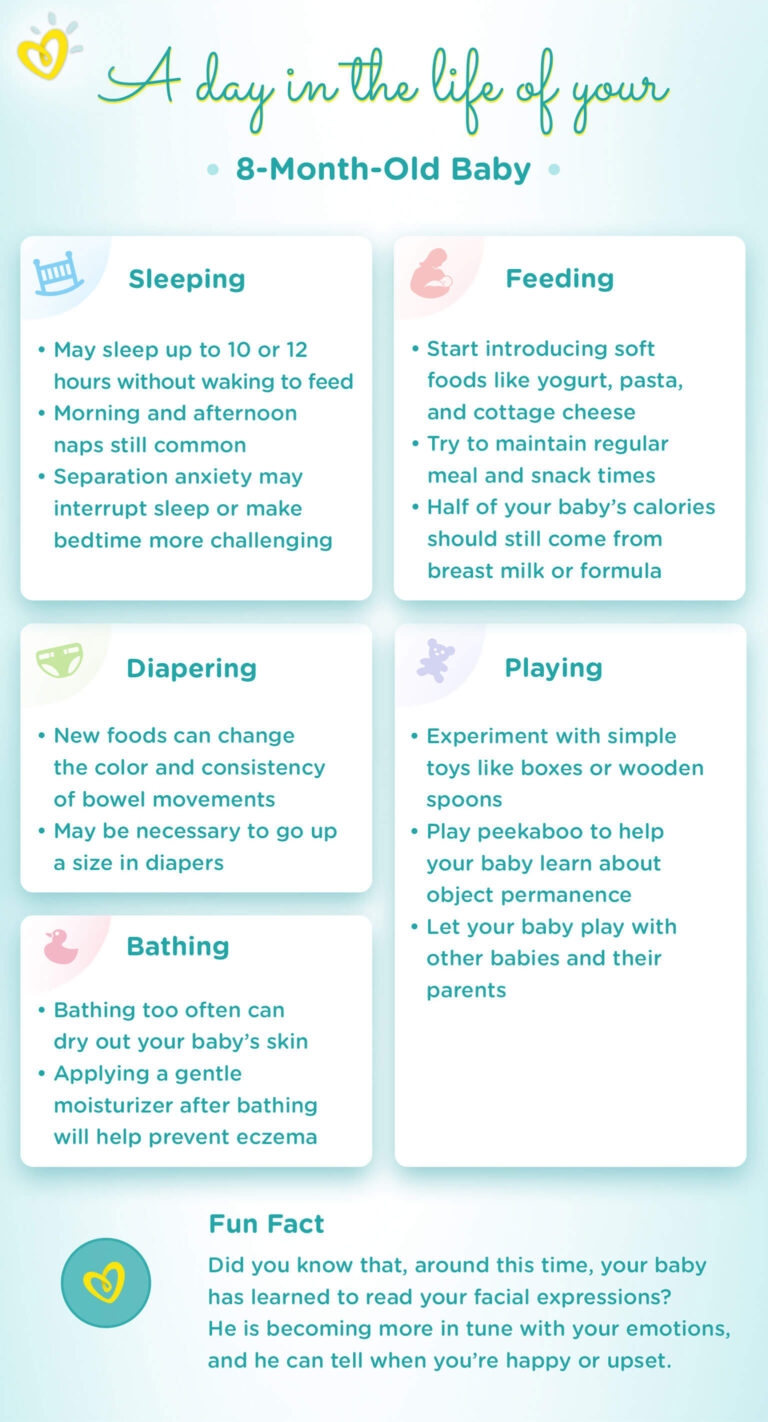What Is Considered A Big Baby At Birth
Are you curious about what is considered a big baby at birth? Let’s delve into this topic and explore the factors that determine the size of a newborn baby.
Knowledge
When it comes to defining what is considered a big baby at birth, the weight of the newborn plays a crucial role. Typically, a baby weighing more than 8 pounds, 13 ounces (or 4,000 grams) at birth is considered large for gestational age. However, the size of a baby can vary depending on various factors such as genetics, maternal health, and gestational age.
Genetics play a significant role in determining the size of a baby at birth. If both parents are tall and have a larger build, it is more likely that their baby will also be bigger in size. Maternal health during pregnancy, such as gestational diabetes or excessive weight gain, can also contribute to a larger baby. Additionally, babies born after the 40th week of gestation are more likely to be bigger compared to those born earlier.
While having a big baby is not necessarily a cause for concern, there are some potential risks associated with larger newborns. These risks include difficulties during delivery, such as shoulder dystocia, where the baby’s shoulders get stuck during birth. Vaginal tearing and the need for a cesarean section are also more common when delivering a big baby.
During pregnancy, healthcare providers monitor the growth of the baby through ultrasound scans and measurements of the mother’s abdomen. If a baby is estimated to be larger than average, additional monitoring may be required to ensure a safe delivery. In some cases, inducing labor or scheduling a cesarean section may be recommended to avoid complications during birth.
Conclusion
In conclusion, what is considered a big baby at birth is typically a newborn weighing more than 8 pounds, 13 ounces. Factors such as genetics, maternal health, and gestational age play a role in determining the size of a baby. While having a big baby is not always a cause for concern, there are potential risks associated with larger newborns during delivery. It is essential for healthcare providers to monitor baby size closely to ensure a safe birth for both the mother and the baby.
For expecting parents, understanding what constitutes a big baby at birth can help prepare for potential challenges during delivery. By staying informed and working closely with healthcare providers, parents can ensure a smooth and safe birth for their newborn.






